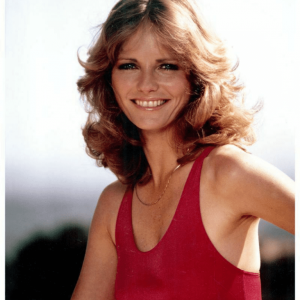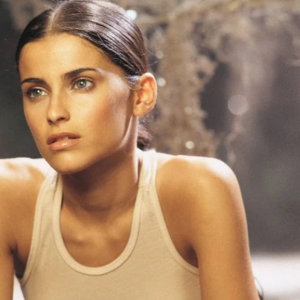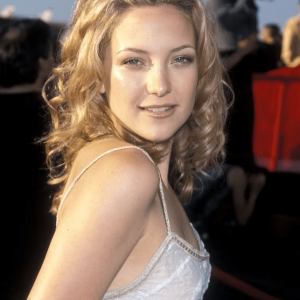Few shows have managed to capture the spirit of childhood as effortlessly as The Little Rascals. Based on Hal Roach’s “Our Gang” comedy shorts from the 1920s and 1930s, this iconic series continues to hold a special place in the hearts of audiences worldwide. With its innocent humor, diverse cast, and relatable storylines, The Little Rascals transcended generations, becoming more than just a series—it became a cultural phenomenon.
But what made this series so unforgettable? Let’s take a nostalgic journey through its origins, memorable characters, cultural impact, and the behind-the-scenes magic that made it a legend.
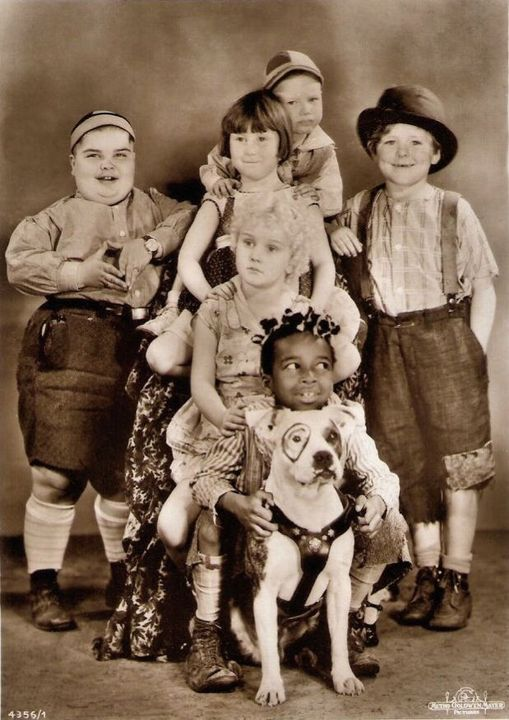
The Humble Beginnings: How It All Started
The story of The Little Rascals began with Hal Roach, a visionary filmmaker who wanted to create a series that portrayed children in their natural, unpolished state. Debuting in the early 1920s as Our Gang, these comedy shorts depicted the everyday lives of a group of neighborhood kids from diverse backgrounds. It was revolutionary for its time, as it showed children of different races interacting as equals—a progressive move that stood out in an era marked by segregation.
By 1955, the series had evolved into The Little Rascals, a television compilation that introduced a new generation to these charming, mischievous characters. The success of the TV adaptation proved that the appeal of these stories was timeless, and it sparked a legacy that continues to influence pop culture today.
Video: The Little Rascals (Our Gang) TV 1955 – Opening and Closing Theme (With Snippets)
Meet the Rascals: Characters That Stole Our Hearts
What truly made The Little Rascals unforgettable was its vibrant cast of characters. Each member of the gang brought a unique personality to the group, making them relatable and endearing.
- Spanky: The charismatic leader, known for his mischievous schemes and quick wit.
- Alfalfa: The lovestruck boy with the unforgettable cowlick, always pursuing his crush, Darla.
- Darla: The sweet and charming heartthrob of the group, often caught in Alfalfa’s romantic escapades.
- Buckwheat: Known for his innocence and comedic charm, he became a fan favorite with his unforgettable catchphrase, “Otay!”
- Porky: The youngest member, whose childlike curiosity and energy added to the gang’s dynamic.
Episodes like Hearts Are Thumps, where Alfalfa writes a love letter to Darla, and The Kid from Borneo, featuring a hilarious misunderstanding involving a wild man, showcased the show’s perfect blend of humor, innocence, and adventure. These characters didn’t just entertain—they mirrored the complexities of childhood friendship, love, and rivalry.
Why ‘The Little Rascals’ Resonated with Generations
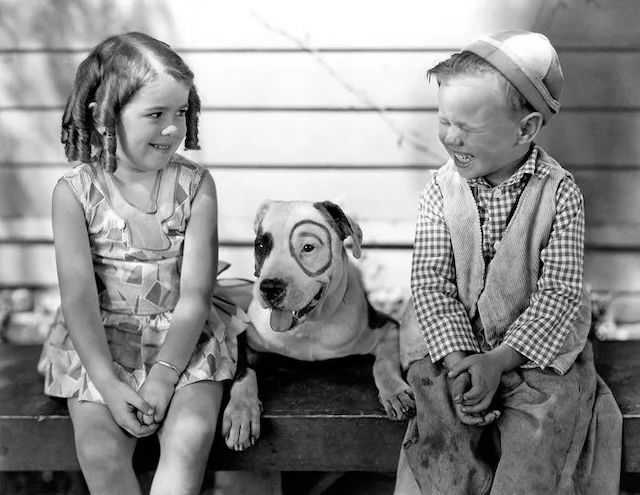
The magic of The Little Rascals lies in its authentic portrayal of childhood. Unlike many scripted shows, it allowed the kids to be themselves, capturing the spontaneity and simplicity of youth. Whether they were building makeshift clubhouses or staging backyard talent shows, the gang reminded us of the joy of being young and carefree.
This authenticity made the series universally relatable. Kids saw themselves in Spanky’s leadership struggles, Alfalfa’s hopeless romanticism, and Buckwheat’s innocent curiosity. Adults, on the other hand, were drawn to the nostalgia and humor that reminded them of simpler times.
A Cultural Phenomenon: The Lasting Legacy of ‘The Little Rascals’
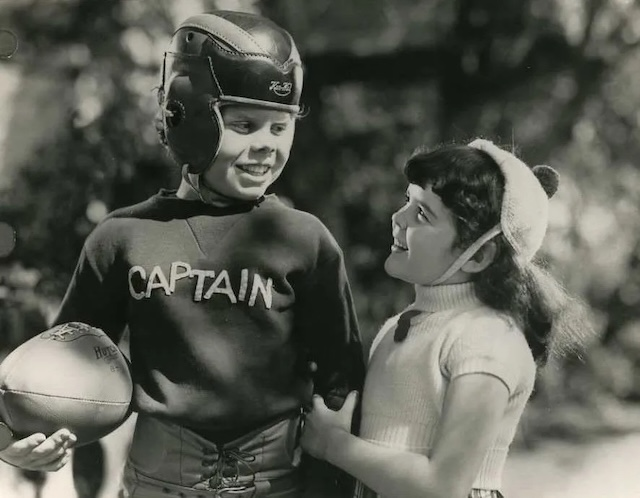
Even decades after its debut, The Little Rascals remains a cultural touchstone. Its impact can be seen in countless homages and references across movies, TV shows, and pop culture. The 1994 film adaptation brought the gang to a new generation, while phrases like “Otay!” have cemented themselves into the cultural lexicon.
The show’s progressive portrayal of a diverse group of friends set a standard for inclusivity long before it became mainstream. In an era when racial integration was rare on screen, The Little Rascals broke barriers, showing that friendship and camaraderie could transcend differences.
Behind the Scenes: What Made the Show So Special
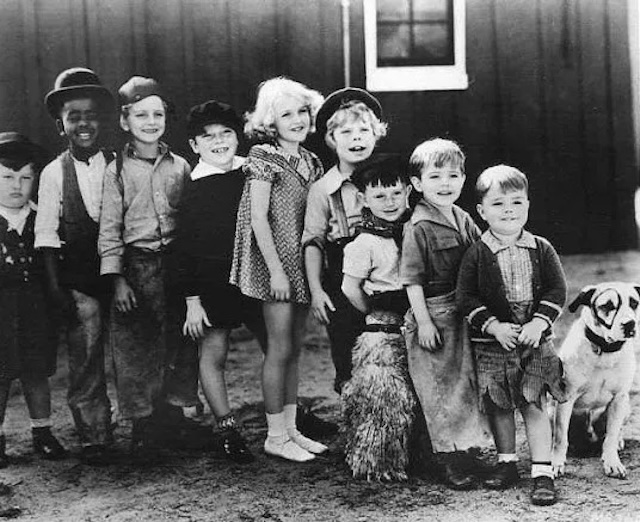
Creating The Little Rascals wasn’t always easy. Hal Roach’s vision demanded authenticity, which meant allowing the young actors to improvise and act naturally. This approach resulted in raw, genuine performances that made the characters feel real.
The casting process played a crucial role. Roach handpicked children who possessed natural charm rather than polished acting skills. This decision proved to be a masterstroke, as the gang’s chemistry became the heart and soul of the series.
Production challenges included dealing with the unpredictability of working with children, but the camaraderie among the young actors made the process enjoyable. Their genuine friendships off-screen translated into believable interactions on-screen, enhancing the series’ appeal.
Why We Still Love ‘The Little Rascals’ Today
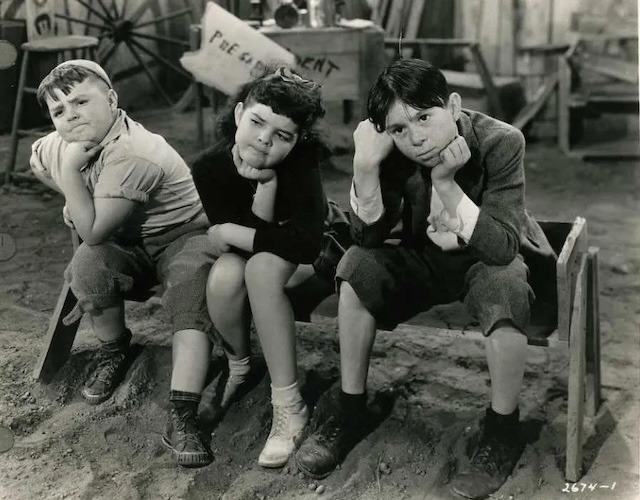
In a world filled with CGI and complex storytelling, The Little Rascals offers a refreshing glimpse into the purity of childhood. Its humor, though rooted in slapstick, never feels outdated because it comes from a place of innocence. The show didn’t rely on elaborate plots or special effects; instead, it thrived on simple stories about friendship, love, and growing up.
Watching the gang’s adventures today brings a comforting sense of nostalgia. It’s a reminder that childhood, despite the changing times, remains a universal experience. Whether you’re revisiting your favorite episodes or introducing the series to a new generation, The Little Rascals continues to inspire laughter and fond memories.
A Final Thought: Why ‘The Little Rascals’ Will Always Matter
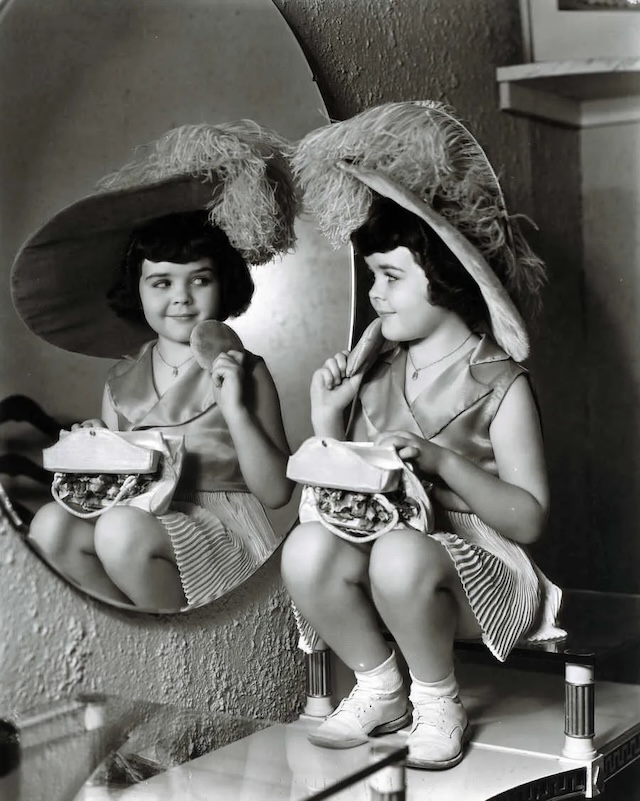
The Little Rascals captured more than just comedic moments—it captured the essence of being a kid. Its legacy endures not only because of its humor but because of its heart. In an age where content can feel manufactured and overly polished, this show’s raw charm and simple storytelling remain timeless.
So next time you hear someone say “Otay!” or recall Alfalfa’s serenades, remember that The Little Rascals wasn’t just a show—it was a celebration of childhood in its most unfiltered form. Its impact continues to remind us that no matter how much the world changes, the spirit of youth will always find a way to shine through.
